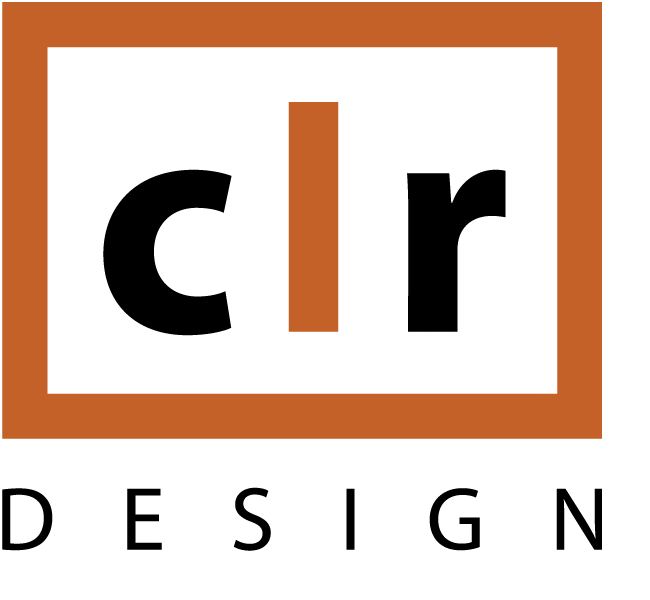The entire zoo is the classroom. Since their inception, zoos and aquariums have been designed to appeal to a child’s perspective, tapping into their sense of wonder and curiosity. The intrinsic childhood need to learn about the world around them is the engine that helped drive the growth of zoos and aquariums. While the focus has certainly expanded in recent years to include more adult-oriented activities, the child in all of us remains the core audience. Zoos are valued in their communities as healthy places for people of all ages to have fun and to learn. While challenged to strike the delicate balance between entertainment and education, zoos have responded by embracing education as a core mission and created programming that is carefully curated to maximize the learning opportunities while maintaining the sense of adventure and discovery.
Conventional classrooms can play a role in education but in the spirit of the entire zoo being a classroom, exhibits and attractions can play a huge role by integrating some type of adventure-education programming such as overnight camps, water play, playgrounds, or perhaps simply a series of small kid-focused experiences. They can vary from satellite gathering spaces for groups of kids and teachers to unconventional formats such as ziplining, rock climbing and ropes courses. The goal is to supplement and complement unique up-close animal and landscape encounters and emphasize lessons about the natural world, our relationships to it, and the conservation of that world.
CLR recognizes the importance of Adventure Education to both our clients’ missions and the physical design of individual projects. This notion aligns with our own core purpose to create lasting connections between people and their environment. We work with clients to research and brainstorm fun educational experiences and carefully weave them seamlessly into the design.
